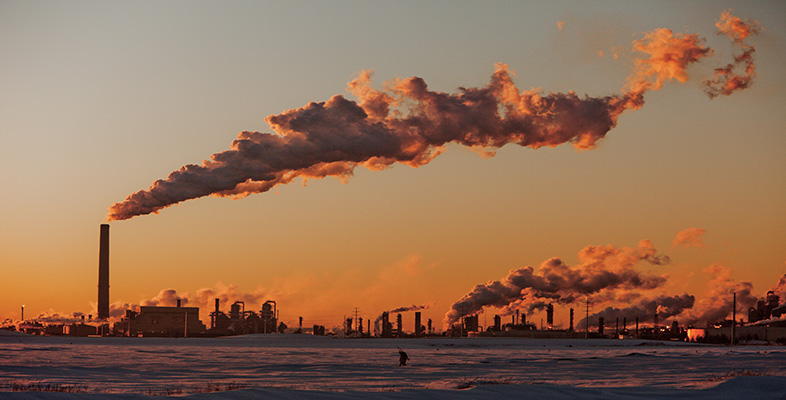6.5 Substances causing taste, odour and coloration
Very low concentrations of some chemical compounds will produce unpleasant tastes and odours, or will taint the flesh of fish living in water contaminated by them. Interaction between substances may produce tastes that are apparent at concentrations well below those at which either substance is individually detectable. An ‘antiseptic’ taste of chlorinated tap water is obvious if the raw water supply contains phenols, since this results in the formation of chlorophenols. (Phenolic compounds can occur naturally in lowland rivers.) Unpleasant tastes and smells, usually earthy or sulfurous in nature, can also occur naturally from decaying vegetation.
The ecological effect of colour will depend on its light-absorptive properties in relation to the spectral requirements of algae and plants (i.e. which wavelengths of light they need). Many rivers are naturally coloured (e.g. those draining peat are light brown due to humic and fulvic acids) and yet are able to support biota, including trout. The ecological effects of colour are usually minimal compared with other factors.
Acivity 2
Each hour, an industrial plant discharges 600 m3 of treated effluent at 40 °C into a river that has an annual average temperature of 15 °C. The flow rate of the river is a constant 20 000 m3 per day.
- a.Assuming perfect mixing, what will the temperature in the river be after entry of the effluent, assuming no temperature loss to atmosphere?
- b.What impact will this have on the river?
Answer
a.The effluent flow rate is 600 m3 per hour, which equates to 14 400 m3 per day. The final temperature in the river will be:
b.The higher temperature will:
- increase the metabolic rate of the aquatic organisms in the river
- decrease the level of dissolved oxygen, affecting organisms and plants in the water
- cause species more suited to waters warmer than the ambient to become established
- prevent fish from migrating upstream past the entry point of the heated effluent.
